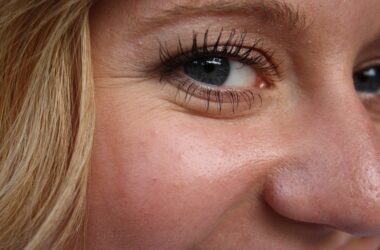Table of Contents
Is Botox the Key to a Wrinkle-Free Face?
Botox has become a popular cosmetic treatment in recent years, with millions of people opting for the procedure to reduce wrinkles and fine lines on their faces. However, with any medical treatment, it’s essential to weigh the pros and cons before making a decision. In this article, we’ll explore the benefits and drawbacks of Botox treatments, helping you make an informed choice about whether or not to take the plunge.
The Pros of Botox
Botox is a neurotoxin that temporarily relaxes facial muscles, reducing the appearance of dynamic wrinkles and fine lines. The advantages of Botox treatments are numerous:
Temporary Results: Botox effects are temporary, lasting anywhere from three to six months. This means you can control the level of wrinkle reduction and adjust your treatment schedule as needed.
Minimal Downtime: Botox injections are a quick and painless procedure, with most patients experiencing little to no downtime. You can return to your normal activities immediately after the treatment.
Effective for Dynamic Wrinkles: Botox is particularly effective in reducing dynamic wrinkles, which are caused by repetitive muscle movements, such as frowning or squinting. It’s often used to treat forehead lines, crow’s feet, and facial creases.
Precise Control: Botox allows for precise control over the treated areas, enabling doctors to target specific muscles and avoid unwanted effects.
The Cons of Botox
While Botox offers many benefits, there are also potential drawbacks to consider:
Risks and Complications: Like any medical treatment, Botox carries risks and complications, such as bruising, swelling, and eyelid drooping. In rare cases, Botox can spread to other areas of the face, causing uneven facial expressions.
Limited Long-Term Effects: While Botox provides temporary results, it doesn’t address underlying skin issues, such as sun damage or collagen loss. This means that, over time, wrinkles may return, and more extensive treatments may be necessary.
Cost: Botox treatments can be expensive, especially if you need repeated injections to maintain the desired level of wrinkle reduction.
Lack of Permanent Solution: Botox is a Band-Aid solution, providing temporary relief from wrinkles. It doesn’t address the root causes of aging, such as muscle relaxation or skin sagging.
Alternatives to Botox
If you’re hesitant about the potential drawbacks of Botox, there are alternative treatments to consider:
Dermal Fillers: Dermal fillers, such as hyaluronic acid or calcium hydroxylapatite, can fill in static wrinkles and add volume to the skin.
Skin Rejuvenation: Non-invasive treatments, such as chemical peels, microdermabrasion, or laser therapy, can improve skin texture, tone, and appearance.
Cosmetic Surgery: Surgical procedures, such as facelifts or brow lifts, can provide more extensive and permanent results, but they often require a longer recovery period and carry greater risks.
Conclusion
In conclusion, Botox is a popular and effective treatment for reducing wrinkles and fine lines, but it’s essential to weigh the pros and cons before making a decision. While it offers temporary results, minimal downtime, and precise control, it also carries risks, limited long-term effects, and a higher cost. Consider your individual needs and preferences before choosing between Botox and alternative treatments. Ultimately, the decision to use Botox or not is a personal one, and it’s crucial to consult with a qualified healthcare professional to determine the best course of action for your unique situation.




